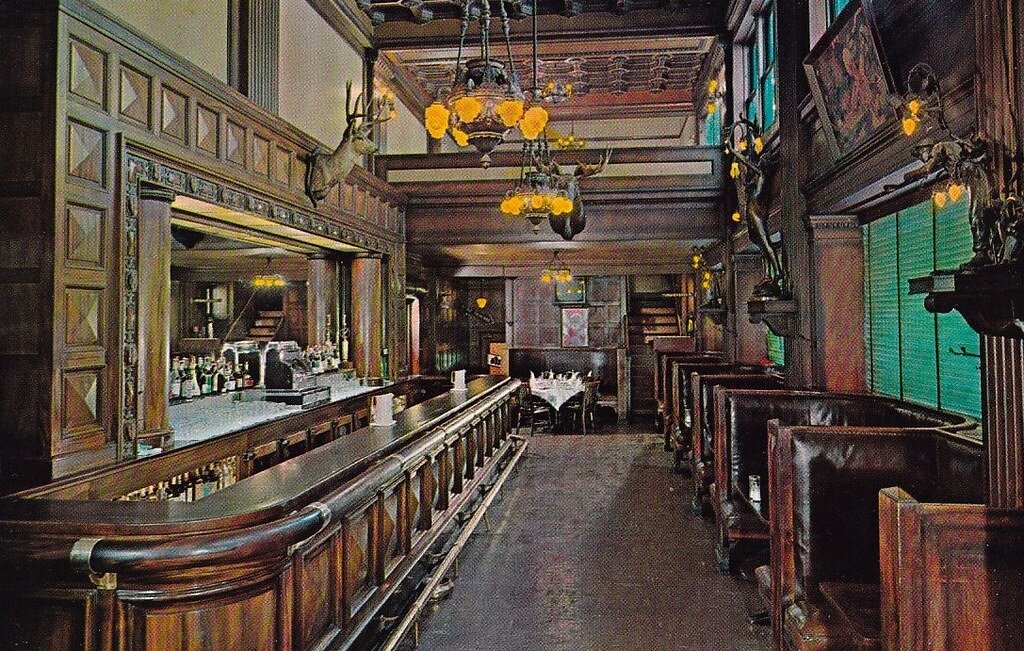Bill Drury's "Emperor Norton Bridge" Petition of 1986
The late Phil Frank is known and even beloved in Norton circles for a particular series of his Farley comics with which — between September and December 2004 — Frank sought to educate the San Francisco Chronicle’s readership about Emperor Norton while also taking up the cause of naming the San Francisco–Oakland Bay Bridge after the Emp.
The series is credited with having built much of the momentum for the introduction and passage of a San Francisco Board of Supervisors resolution in December 2004 calling for the new Eastern section of the Bay Bridge to be named the Emperor Norton Bridge.
What appears to have escaped the notice of most Nortonians, even those who consider themselves “tuned in” on bridge matters, is that (a) Frank had weighed in on the “Emperor Norton Bridge” imperative 18 years earlier, with a shorter series of Farley comics published in October 1986 — and that (b) this earlier series was prompted by an “Emperor Norton Bridge” petition drive launched and advanced in 1986 by William Drury, whose new biography on the Emperor was being published, promoted and reviewed at the same time.
This “memory rescue” of a key moment in “Emperor Norton Bridge” advocacy includes archival audio of a 2004 NPR interview with Phil Frank, in which Frank references the earlier petition, as well as the complete — and rarely seen — series of Frank’s 1986 Farley comics that were inspired by the petition.
Read More
